Since it is his birthday how about one celebrating the aging process... "When I was younger, I could remember anything, whether it happened or not."
...and because this blog reflects on educational issues this one seems appropriate... "Never let formal education get in the way of your learning."
I think I can say that I have tried to follow the second one as best I can.
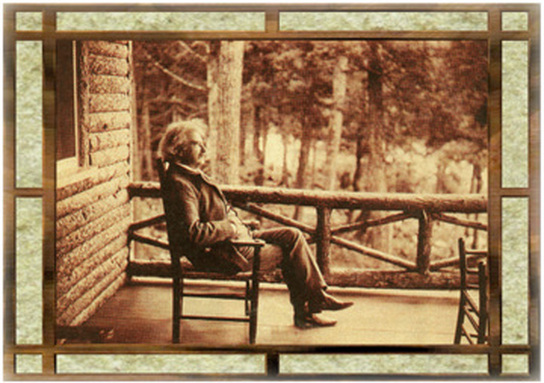
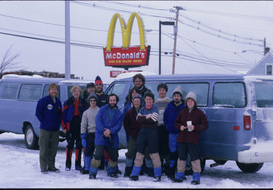


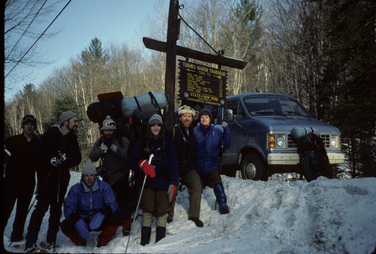
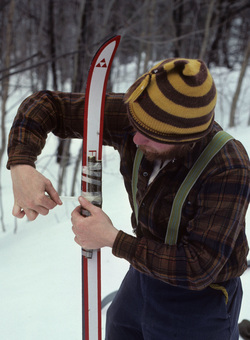
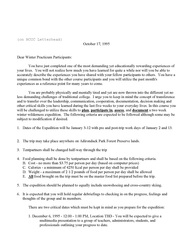

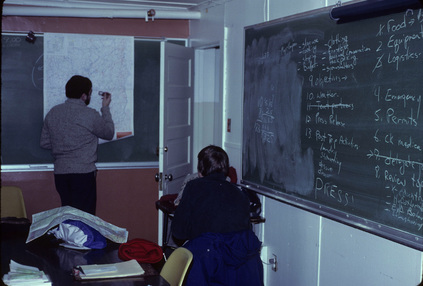
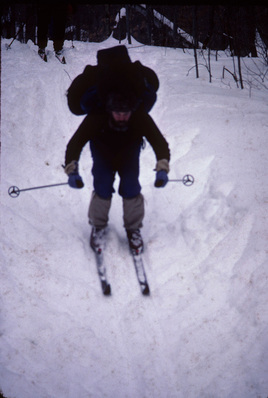

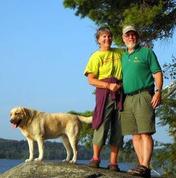
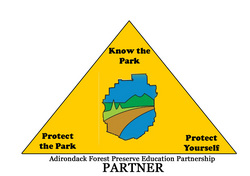
 RSS Feed
RSS Feed
